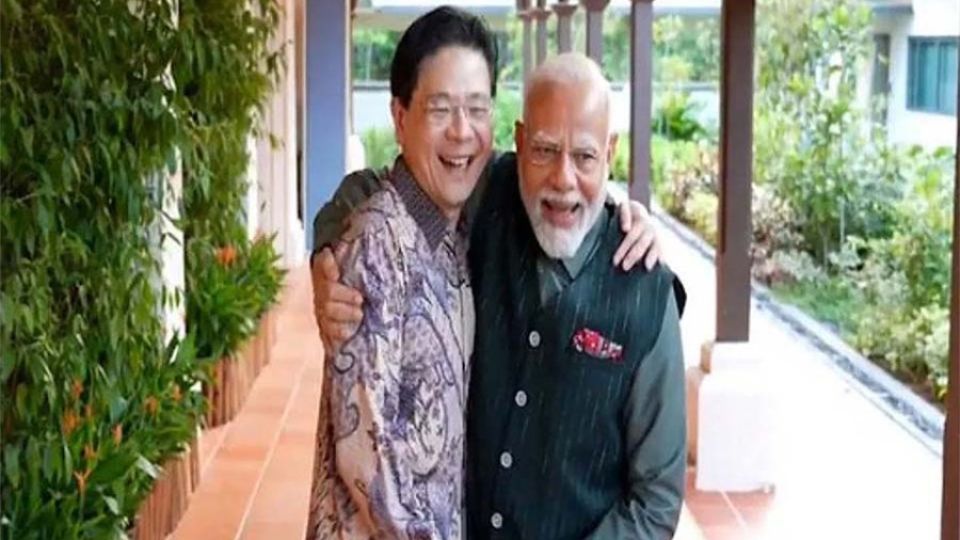September 9, 2024
NEW DELHI – The pact between India and Singapore in the semiconductor sector, signed during Prime Minister Narendra Modi’s visit to the country, is a strategic move with significant implications for both nations. As global supply chains face unprecedented challenges, this collaboration could serve as a blueprint for resilience and innovation in a critical industry. By leveraging their complementary strengths, India and Singapore are poised to make substantial contributions to the semiconductor market, positioning themselves as key players in a rapidly evolving landscape. For Singapore, this partnership is a natural extension of its established position in the semiconductor industry.
Despite its small size, the city-state has consistently punched above its weight, accounting for 11 per cent of the global semiconductor market and manufacturing 20 per cent of the world’s semiconductor equipment. This expertise, combined with its robust infrastructure and skilled workforce, makes Singapore an ideal partner for any nation looking to strengthen its semiconductor capabilities. India, on the other hand, is in the mi dst of a concerted effort to boost its semiconductor industry. With a market expected to reach $63 billion by 2026, India has recognised the importance of semiconductors not just for economic growth but also for national security.
The government’s $10 billion incentive package and the recent approval of three semiconductor plants signal India’s determination to become a major player in the global semiconductor supply chain. However, to achieve this goal, India needs strong international partnerships, and Singapore offers just that. This collaboration comes at a time when the global semiconductor industry is facing significant disruptions. The Covid-19 pandemic, geopolitical tensions, and supply chain bottlenecks have exposed vulnerabilities in the industry, making supply chain resilience a top priority for nations worldwide.
By partnering with Singapore, India can tap into the city-state’s advanced semiconductor ecosystem, benefiting from its technological expertise and supply chain management. Moreover, this partnership aligns with India’s broader strategy of reducing dependence on foreign technology and fostering self-reliance. The Make in India initiative, coupled with strategic partnerships like this one, aims to create a robust domestic manufacturing base that can compete with established players like Taiwan and South Korea. By collaborating with Singapore, India can accelerate this process, bringing in best practices and advanced technologies that can boost its semiconductor manufacturing capabilities. Another critical aspect of this partnership is workforce development.
As semiconductor technology continues to evolve, the demand for skilled workers in this sector is skyrocketing. Both India and Singapore recognise the importance of investing in education and skills development to build a workforce capable of meeting the demands of the future. Through government-led policy exchanges, this partnership can create opportunities for knowledge transfer and capacity building, ensuring that both nations remain competitive in the global semiconductor market. Beyond semiconductors, this agreement reflects the deepening ties between India and Singapore across various sectors. Additional agreements signed during Mr Modi’s visit ~ on digital technologies, education, and health ~ underscore the multifaceted nature of this partnership.


